Acceleration
Acceleration is the rate of change of velocity over time. When an object changes its speed, direction, or both, it is said to be accelerating.
Formulas for Acceleration
The formula to calculate acceleration is:
a = (v_f - v_i) / t
Where:
Units of Acceleration
The SI unit of acceleration is meters per second squared (m/s^2).
Types of Acceleration
There are two main types of acceleration:
- Positive acceleration: When the velocity of an object is increasing over time.
- Negative acceleration (deceleration): When the velocity of an object is decreasing over time.
Factors Affecting Acceleration
Acceleration is affected by:
Examples of Acceleration
Some common examples of acceleration include:
- A car speeding up or slowing down
- A ball thrown into the air
- A roller coaster going around a loop
Practice Problems
Calculate the acceleration for the following scenarios:
.◂Science Worksheets and Study Guides Sixth Grade. Introduction to Animals
Study Guide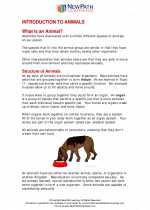 Introduction to Animals
Introduction to Animals  Activity Lesson
Activity Lesson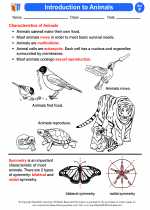 Introduction to Animals
Introduction to Animals  Worksheet/Answer key
Worksheet/Answer key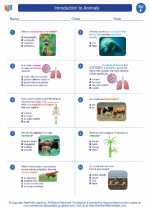 Introduction to Animals
Introduction to Animals  Worksheet/Answer key
Worksheet/Answer key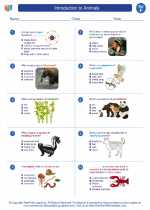 Introduction to Animals
Introduction to Animals  Worksheet/Answer key
Worksheet/Answer key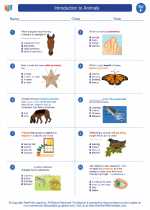 Introduction to Animals
Introduction to Animals  Vocabulary/Answer key
Vocabulary/Answer key Introduction to Animals
Introduction to Animals  Vocabulary/Answer key
Vocabulary/Answer key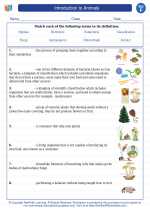 Introduction to Animals
Introduction to Animals  Vocabulary/Answer key
Vocabulary/Answer key Introduction to Animals
Introduction to Animals  Vocabulary/Answer key
Vocabulary/Answer key Introduction to Animals
Introduction to Animals 

 Activity Lesson
Activity Lesson
 Worksheet/Answer key
Worksheet/Answer key
 Worksheet/Answer key
Worksheet/Answer key
 Worksheet/Answer key
Worksheet/Answer key
 Vocabulary/Answer key
Vocabulary/Answer key
 Vocabulary/Answer key
Vocabulary/Answer key
 Vocabulary/Answer key
Vocabulary/Answer key
 Vocabulary/Answer key
Vocabulary/Answer key

The resources above cover the following skills:
LIFE SCIENCE
From Molecules to Organisms: Structures and Processes